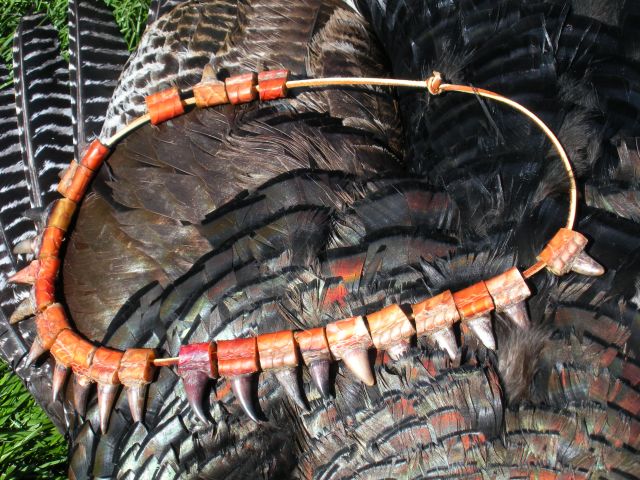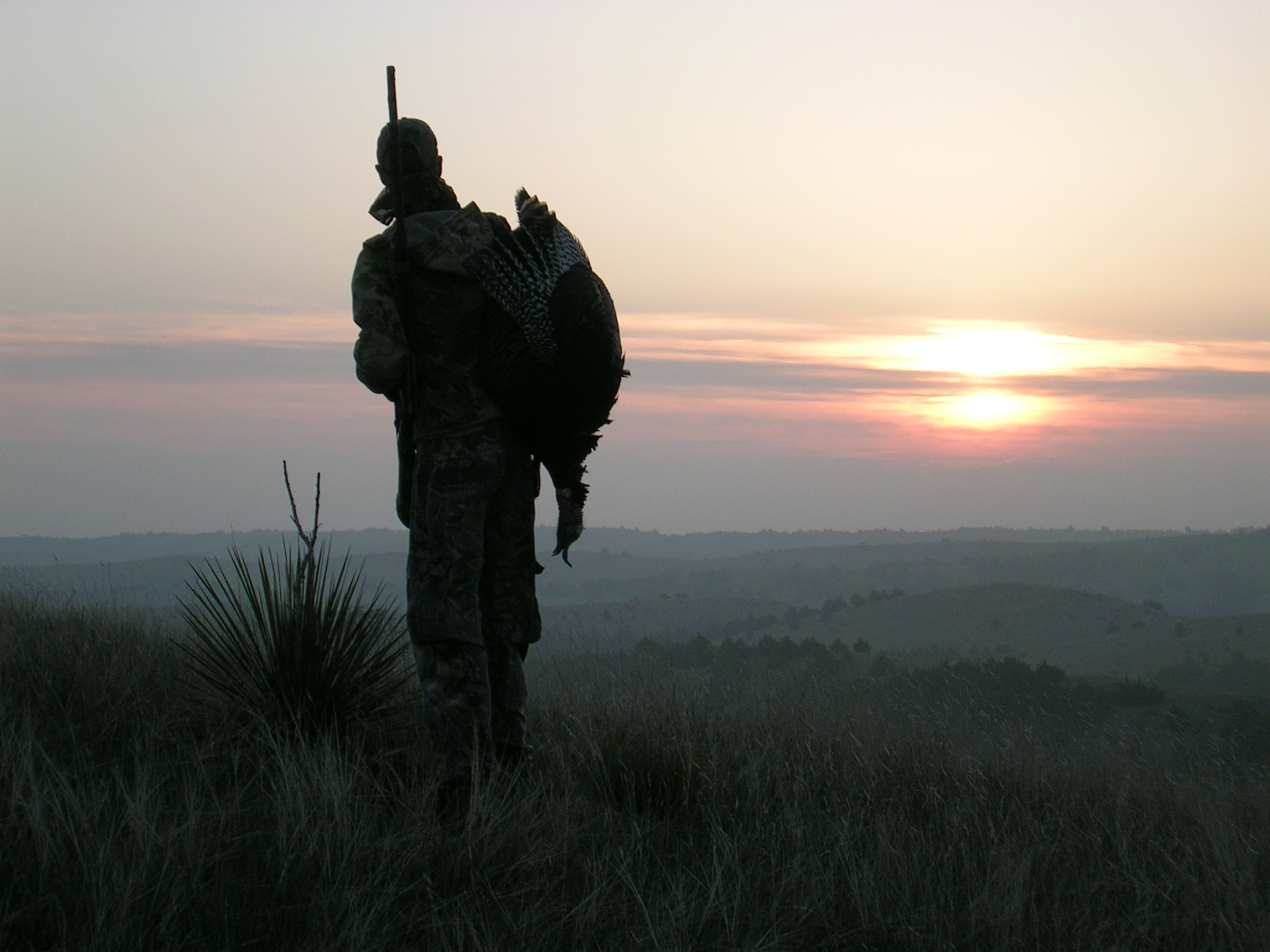It is still spring and the turkeys are still gobbling. Yes, I will get back on the water, soon, but please indulge me while I blog about spring turkey hunting again. . . .
After writing my blog last week about The Casual Turkey Hunter, I got to thinking. I have seen a number of mature toms killed in the spring. Several of those I have pulled the trigger on myself, and a bunch more I have gotten an “assist”. Following the theme of “The Casual Turkey Hunter”, I got to wondering at what times have I seen mature toms taken? Did those toms come to the call?
So, I pulled out my spring turkey scrap book and started going back through notes scribbled on old permits. Data! Some actual spring turkey hunting data to quantify! Now, consider that this whole dataset is mine and therefore has my bias. Still, I believe there are some interesting things there. . . .
First of all some disclaimers: I classified kills into two categories; “came to the call”, and “got in front”. You cannot call a turkey someplace where it does not want to go. Oftentimes, it is a fine line between calling a tom and simply being in the right place. Admittedly, that is a bit of a judgement call. I counted a bird as one that “came to the call” if any calling was involved, even just a little bit. Secondly, we have not spent equal time hunting all periods of a day. Lastly, I did not analyze any of the data statistically. I suspect one would need a much larger dataset to come to any statistically valid conclusions.
My partners and myself have killed 62 mature toms in my “dataset”, all of them in Nebraska. We have taken birds literally from legal shooting time in the morning to the close of legal shooting time in the evening. We have hunted every hour of the day. You might remember from my last blog post that I stated sunrise is one of the best times to hear toms gobble, but is not necessarily the best time to kill a bird. “Roosted is not roasted”. A lot of things can and often go wrong when the birds come off the roost.
Out of the 62 total toms in my dataset, 56% came to the call.
Eleven or 18% were taken in the early morning, sunrise, fly-down period. Thirty-one percent were taken during the rest of the morning. Eleven percent were taken in the afternoon, and 40% were taken in the evening. Remember my bias, and I love evening hunts!
At fly-down, 45% of the toms came to the call. The rest of the morning, 58% came to the call. The number of birds killed in the afternoon was low, probably because of less hunting at that time, but also because the birds tend to move less then. However, in the afternoon, 71 percent of the birds that were taken came to the call! In the evening, 56% came to the call.
Looking inside the time periods a little closer, it appeared birds were more likely to come to the call in late morning, 75%, compared to earlier in the morning. As hens start to lay eggs and incubate, toms find themselves alone later in the morning and those birds certainly are more likely to come to the call.
Although they are not very common, gobbling, lonely toms in the afternoon are very likely to come to the call. However, as the afternoon cools into evening, toms are more likely to flock back with hens. Then, you are more likely to have to be in front of them to kill them.
Of course you know there are always exceptions. And, if you are staring through the sights at a big tom after hours, days of hunting, you don’t care about no data. All you know is every minute was finally worth it! But, you just might want to think about it. Just remember, you can’t kill anything sitting at home on the couch.
The post Prime Time? appeared first on Nebraskaland Magazine.



















